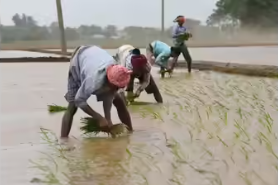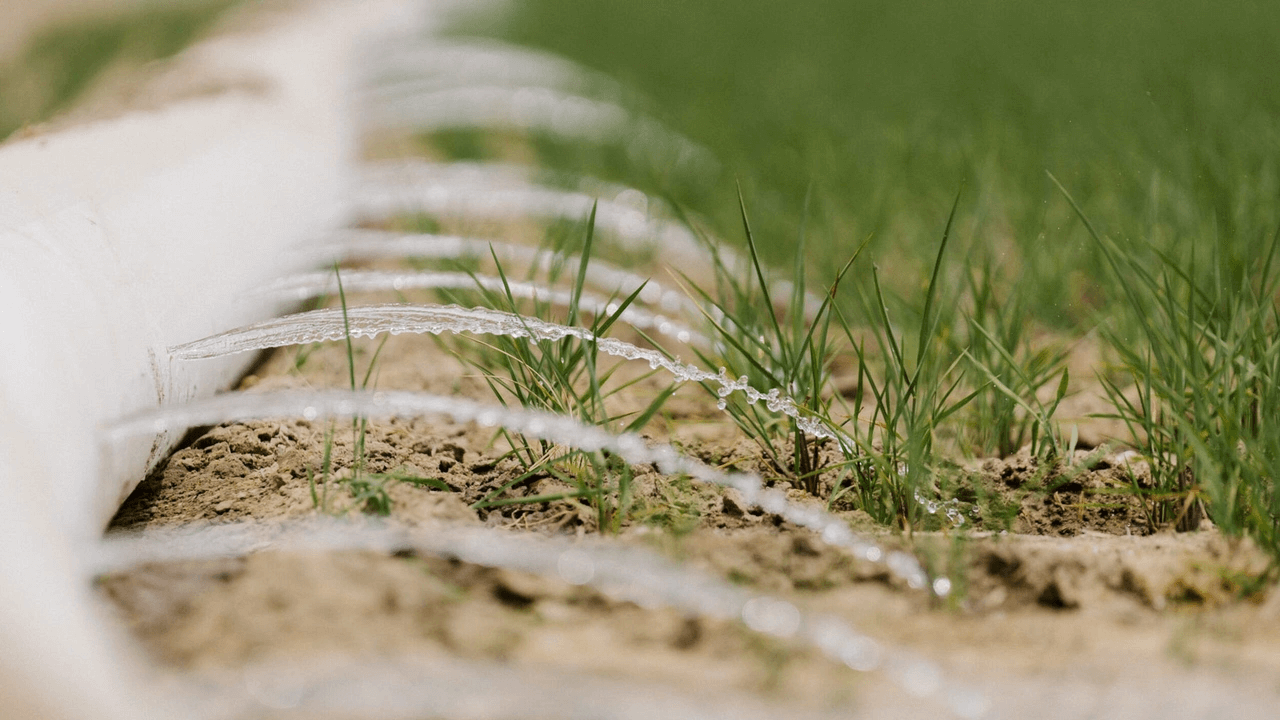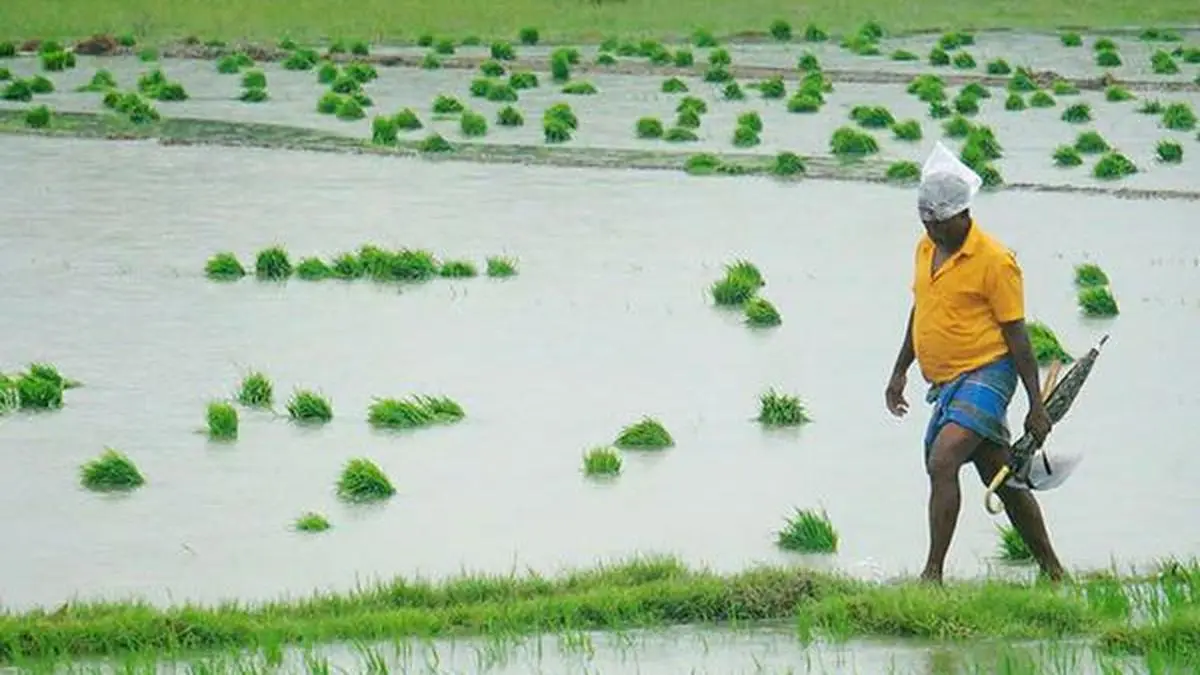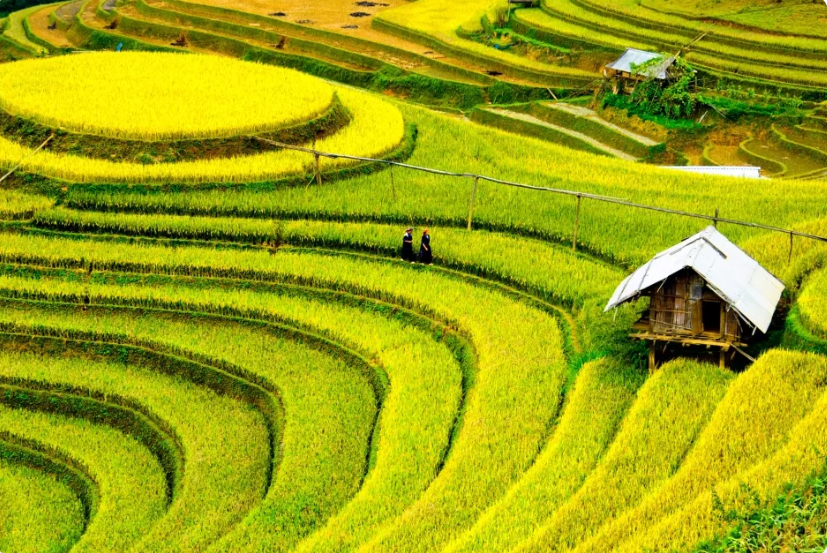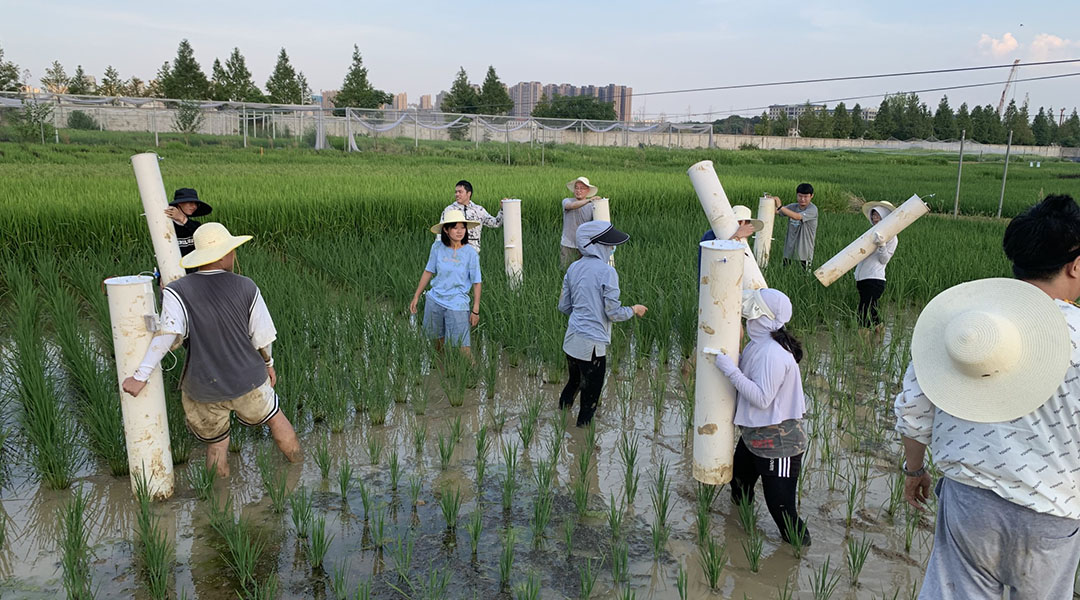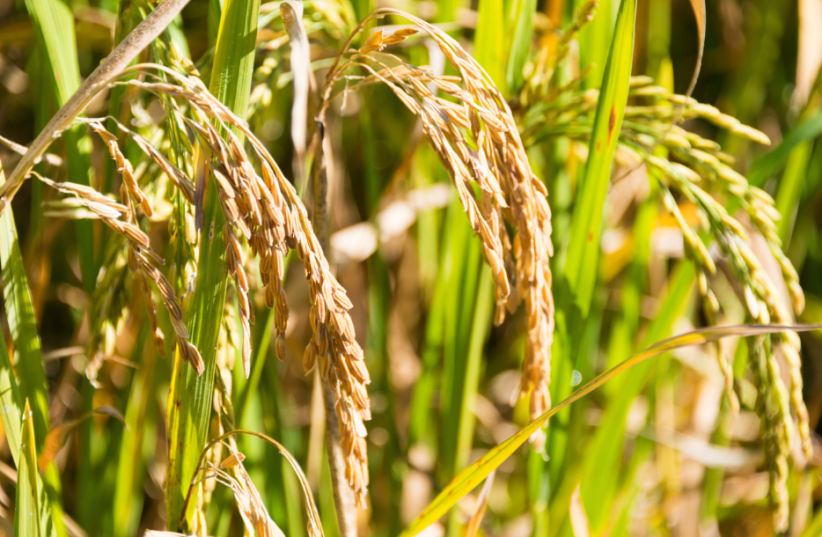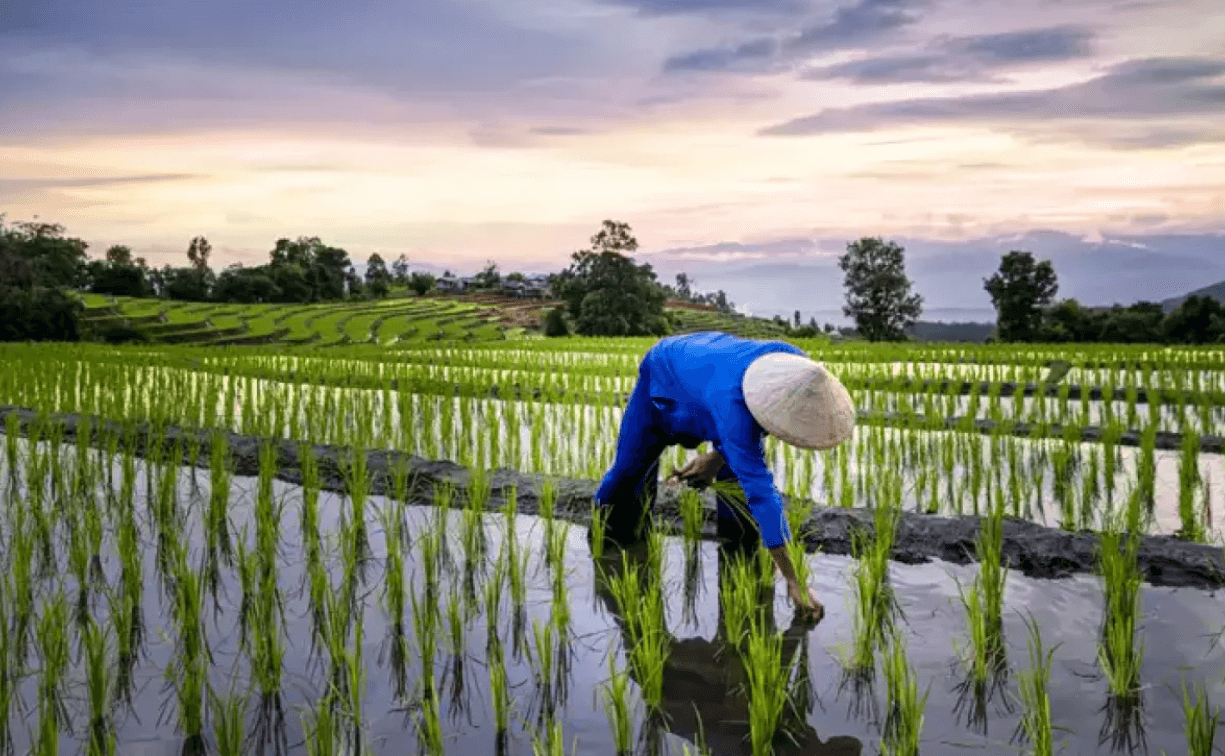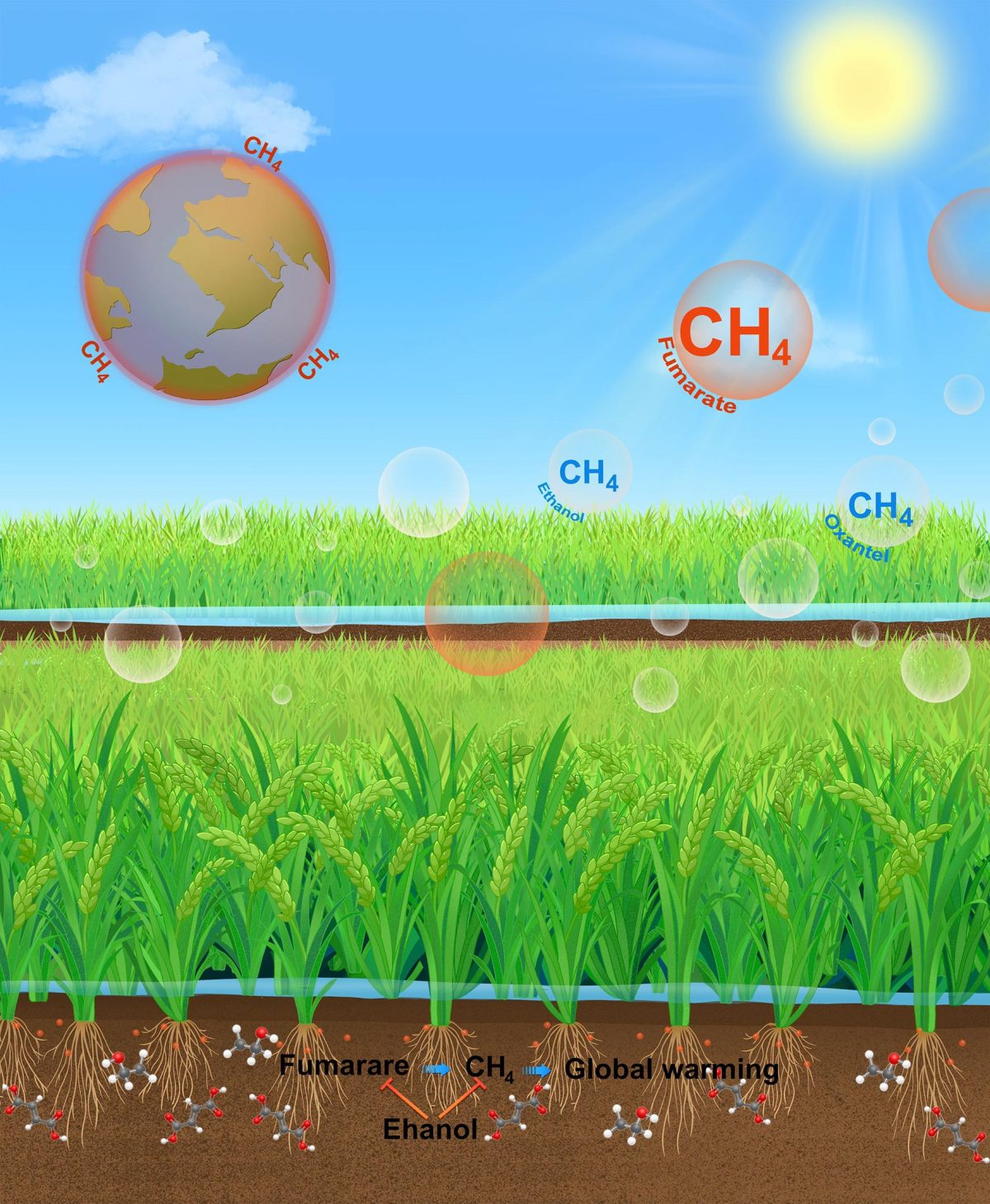Tags
methane emissions
Dear Members
Please update your profile details (username, company logo, and category) on Rice News Today by 5th November. Profiles not updated by this date will be removed to maintain the credibility and accuracy of our member directory.
How to Update Your Profile:
- Log in to your account on the Rice News Today website.
- Go to Profile Settings.
- Update your username, upload the correct company logo, and verify your category.
- Click Save Changes.
Please note that access to the site will not be possible if you fail to comply with RNT’s Terms & Conditions.

This will close in 0 seconds

